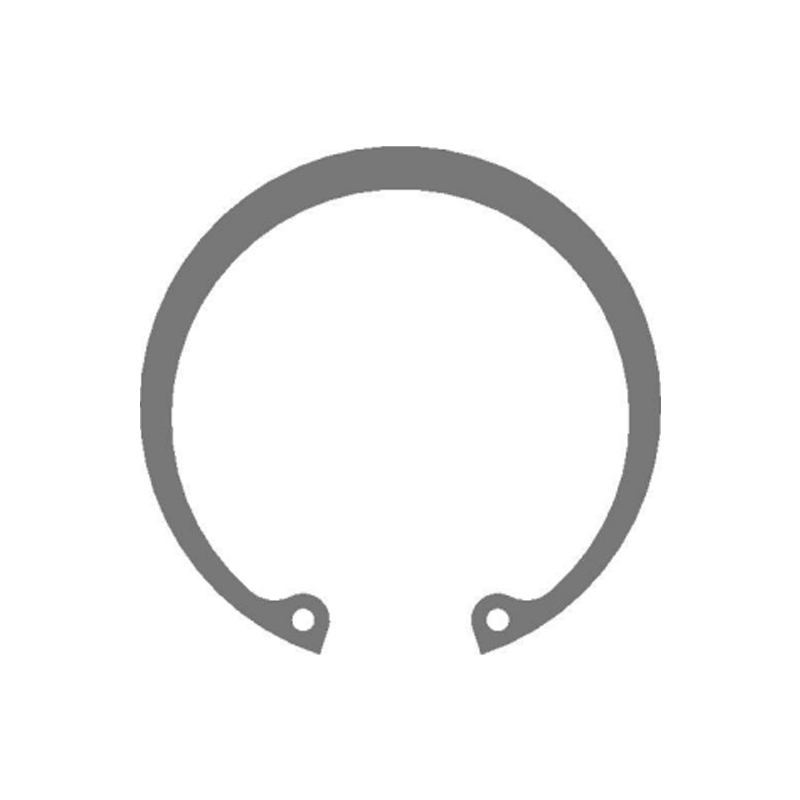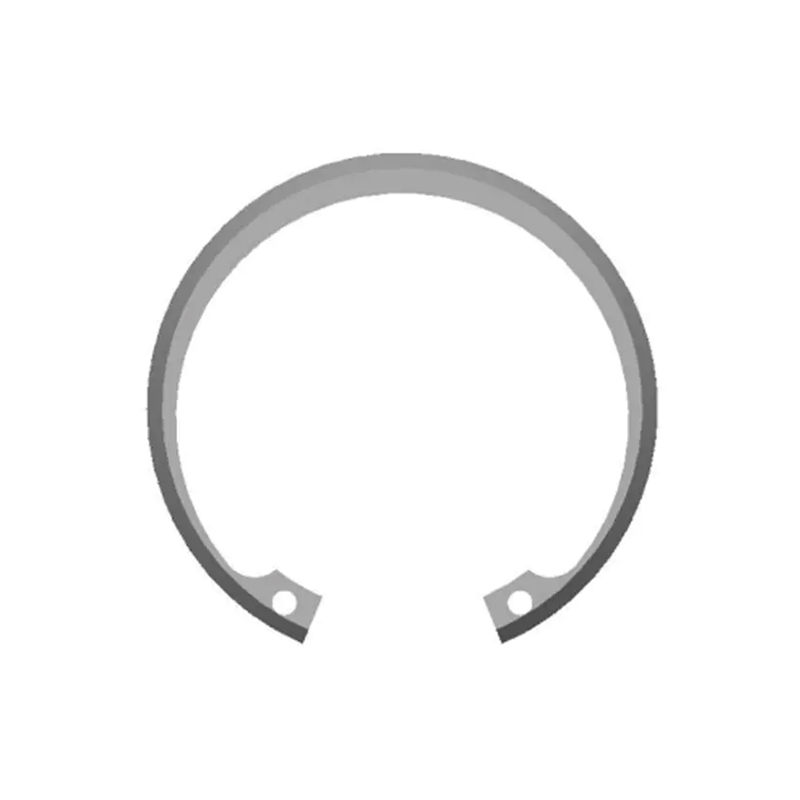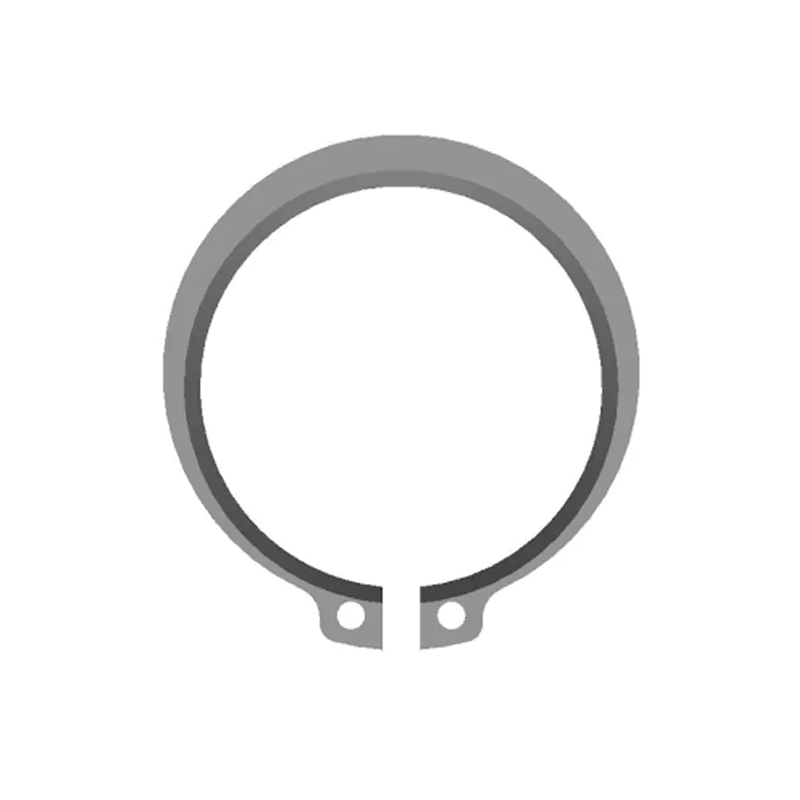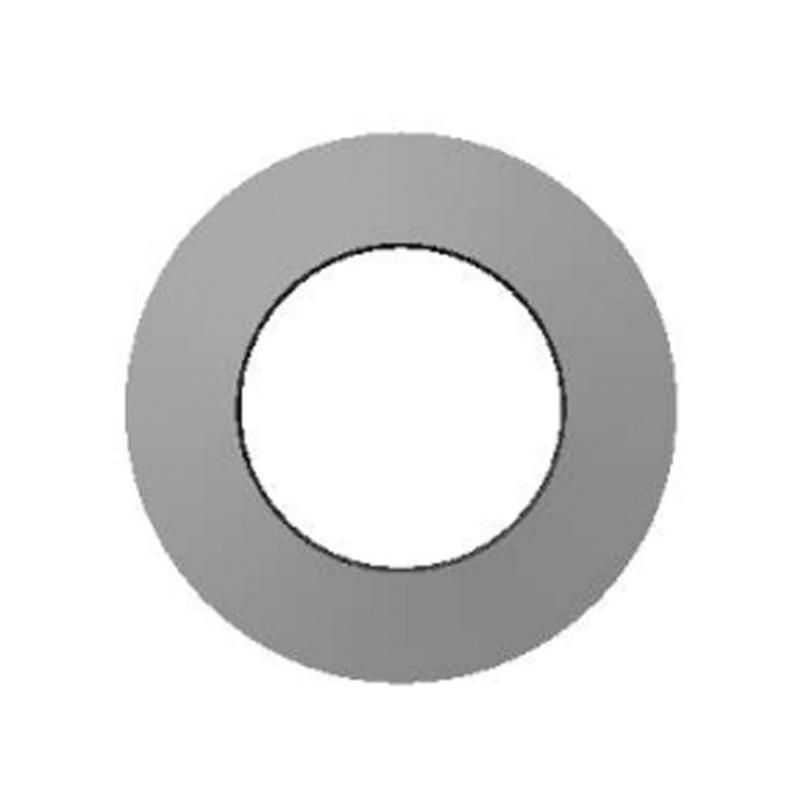In high-vibration environments, snap rings must be carefully engineered to resist premature wear, fatigue, or even catastrophic failure such as ring dislodgement. These conditions impose complex dynamic loads and micro-movements that can degrade both the snap ring and the groove it sits in. To enhance performance under such demanding circumstances, several key design and material modifications can be implemented:
1. Advanced Material Selection and Heat Treatment:
Material choice is critical in vibration-intensive settings. High-carbon spring steels or stainless steel alloys like 17-7PH, known for their excellent fatigue strength, are commonly used. These materials can undergo specific heat treatments to achieve the necessary balance of hardness, elasticity, and toughness. A properly heat-treated snap ring will maintain its shape and clamping force over time, resisting deformation and fatigue-induced cracking caused by continuous vibration cycles.
2. Optimized Groove Geometry:
The geometry and precision of the retaining groove play a crucial role in snap ring stability. Grooves should be manufactured with tight dimensional tolerances to ensure a secure fit. The groove depth must be adequate to support the ring’s radial load without allowing excessive movement, while the width must align precisely with the snap ring thickness to prevent tilting or shifting. Sharp corners should be avoided, as they can concentrate stress and lead to premature cracking; rounded radii and smooth surface finishes help reduce stress risers and micro-fretting under dynamic loading.
3. Locking Features and Self-Retaining Designs:
For applications where the risk of axial displacement is high, using snap rings with mechanical locking features can greatly improve retention. These may include self-locking lugs, tabs, or external locking arms that engage with notches or slots in the housing. Such features actively prevent the ring from backing out of the groove due to sustained vibration or transient shock loads.

4. Use of Spiral Retaining Rings:
Spiral retaining rings provide a significant advantage in high-vibration environments. Unlike conventional circlips with a single opening, spiral rings wrap around in a continuous coil and exert uniform radial pressure along the entire circumference. This full-contact engagement reduces the likelihood of local stress concentrations and provides more stable axial retention, particularly under oscillatory conditions.
5. Dual or Redundant Retention Systems:
In critical applications such as aerospace or heavy industrial machinery, it’s common to use redundant retention strategies. Installing two snap rings in opposing directions or combining a snap ring with a secondary locking ring or washer can provide fail-safe retention. This setup minimizes the risk of complete dislodgement even if one component begins to loosen under vibration.
6. Protective Coatings and Surface Treatments:
Surface treatments can extend the life and reliability of snap rings operating in harsh environments. Phosphate coatings, for example, add a degree of corrosion resistance and reduce friction between mating surfaces. PTFE (polytetrafluoroethylene) or dry-lubricant coatings can minimize micro-motion and reduce wear due to fretting or abrasion. Black oxide finishes can also offer mild corrosion protection and improve dimensional control.
7. Preload and Axial Biasing Techniques:
Introducing a preload or axial bias on the snap ring can eliminate clearance in the assembly and limit relative movement between the ring and the groove. This is often achieved by designing the assembly with a slight interference fit or using wave springs or belleville washers to apply constant pressure. By doing so, the ring remains tightly engaged with the groove even as the surrounding parts expand or contract due to temperature fluctuations or mechanical stress.
Designing snap rings for high-vibration environments demands a multifaceted engineering approach. Material properties, geometric precision, locking mechanisms, and surface enhancements must all be considered in concert to achieve robust and long-lasting retention. Failure to account for these factors can lead to groove wear, loss of axial positioning, or component failure—especially in mission-critical systems such as engines, transmissions, or aerospace mechanisms. Therefore, an in-depth understanding of both the operating environment and mechanical load profiles is essential when specifying snap rings for such demanding applications.

















